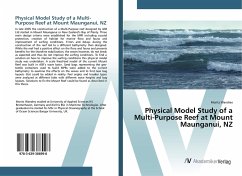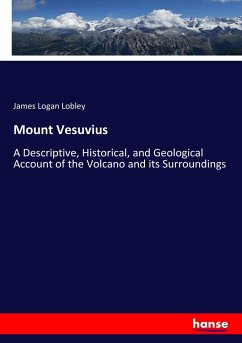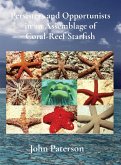In late 2005 the construction of a Multi-Purpose reef designed by ASR Ltd started in Mount Maunganui in New Zealand s Bay of Plenty. Three main design criteria were established for the MPR including coastal protection, creation of habitat for marine flora and fauna and improvement of surfing conditions. Errors and delays during the construction of the reef led to a different bathymetry than designed. While the reef had a positive effect on the flora and fauna and presents benefits for the shoreline stabilization, the waves however, do not break as expected and thus do not improve the surfing conditions. To find a solution on how to improve the surfing conditions this physical model study was undertaken. A scale fixed-bed model of the current Mount Reef was built in ASR s wave basin. Sand bags representing the geo-textile containers used to build MPRs were added to the current bathymetry to examine the effects on the waves and to find new bag layouts that could be added in reality. Peel angles and breaker types were analyzed at different tides with different wave heights and bag layouts. Solutions to fix the Mount Reef could be found as described in this thesis.








